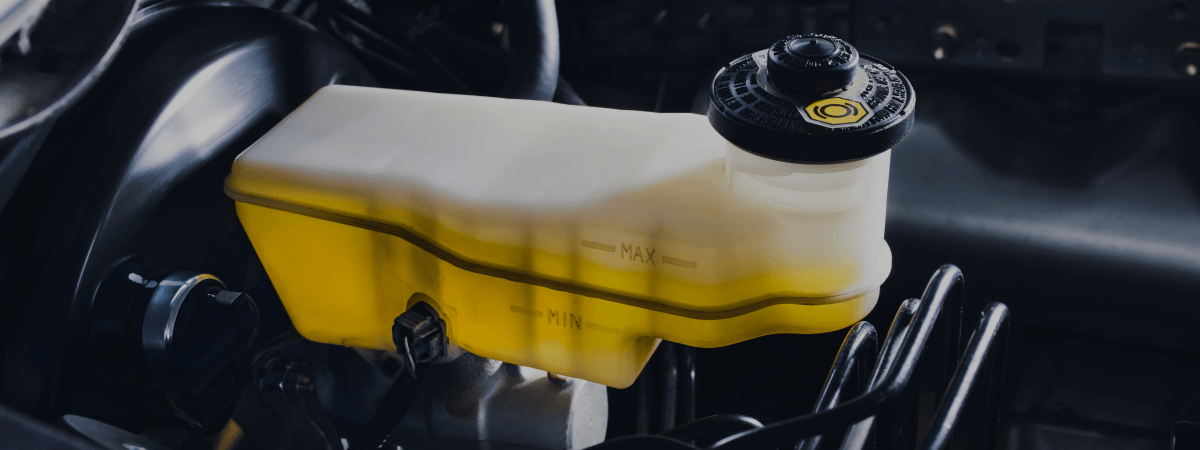In order to maintain your vehicle registration and legally drive on the road, your vehicle will have to pass a periodic emissions and safety inspection. The rules regarding safety and emissions vary by state. In Utah, vehicles that are 6 years old or less need an emissions test every other year. Vehicles older than 6 years need an emissions test every year. Vehicles older than model year 1967 don’t require any testing. Vehicles that are older than 10 years old need to pass a safety inspection every year, and every two years for newer models.
Emissions Testing
Emissions tests measure the efficiency of your vehicle’s fuel system, combustion, and exhaust. Combustion engines (both gasoline and diesel) are not very efficient by nature, and only about ¼ of the fuel is used to actually power your car. The rest is expelled through exhaust, or destroyed by heat and friction. All of this unused fuel creates byproducts that can be harmful to the environment.
Your car is equipped with parts that reduce the amount of these byproducts that make it into the environment, like the catalytic converter. An emissions test measures the amount of gases and other byproducts coming from your car, and ensures they’re not at unacceptable levels.
The Effects of Harmful Gases
It’s easy to understand why emissions tests are important when you look at the impact harmful gases from our vehicles can have on the environment and on our health. There are dozens of potential contaminates expelled from our cars, but the ones that come in the largest amounts are:
- Nitrogen Oxides: Create smog when activated by sunlight, which is ground level ozone. This causes respiratory discomfort and illness.
- Carbon Monoxide: Prevents our bodies from utilizing oxygen, which can range in severity from making us feel unwell, to being life threatening.
- Carbon Dioxide: The biggest contributor to climate change, CO2 traps the earth’s heat under the atmosphere, which raises global temperatures.
- Sulfur Dioxide: Creates acid rain.
- Other Pollutants: Many of the other toxins expelled by combustion engines, such as formaldehyde and hydrocarbons, have adverse effects on our health, like causing cancer.
A properly functioning catalytic converter will convert as much as 90% of these harmful substances into harmless ones, so we need to make sure it’s doing its job.
Safety Inspection
If your vehicle is functioning improperly, it can put your life, and the lives of everyone on the road with you in danger. A thorough safety inspection checks the following:
- Body (fenders, frame and bumpers)
- Fuel tank
- Windshield and windows
- Lights
- Mirrors
- Wheels and tires
- Brakes
- Exhaust components
- Safety Equipment (seat belts and airbags)
- Vehicle customizations
- Steering and Suspension
- Horn
- Check engine light
If your vehicle passes safety and emissions, you’ll receive a passing report and an approval on your registration. If your vehicle fails, the testing facility will provide you with the details of what went wrong so you can have repairs made before re-testing.
Related Posts
When you think about car maintenance, you probably focus on oil changes, tire rotations, and maybe even brake pad replacement. But what about your brake fluid? If you’ve ever wondered, “What does brake fluid do?” or “Why is brake fluid important?”, you’re not alone. Brake fluid might not be the most talked-about part of [...]
Is that high-pitched squeal from your brakes driving you—and everyone else—crazy? Don’t ignore it. Squeaky brakes aren’t just annoying, they’re your car’s way of saying something needs attention. Whether you're cruising through Salt Lake City or winding up Idaho’s mountain passes, here’s what’s likely going on, how you can fix it, and when it [...]
Whether you’re cruising down I-15 toward Zion, exploring the scenic routes of Eastern Oregon, or heading north to catch the Tetons in Idaho, a smooth summer road trip starts with smart car maintenance. Before you pack the snacks and load up the playlist, it’s worth taking the time to make sure your vehicle is [...]





